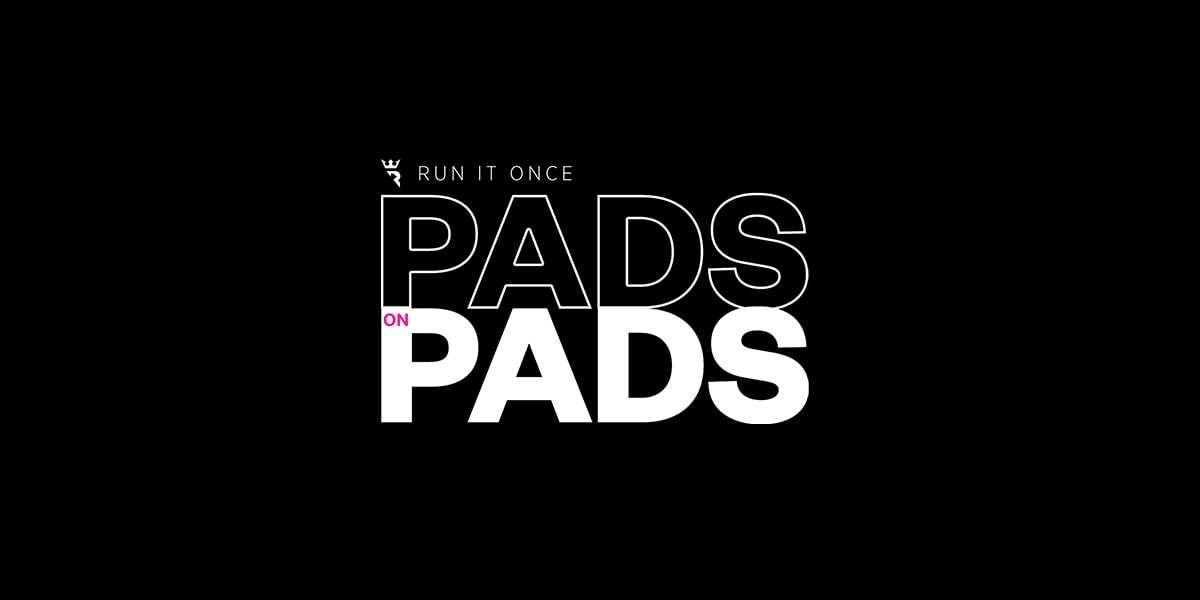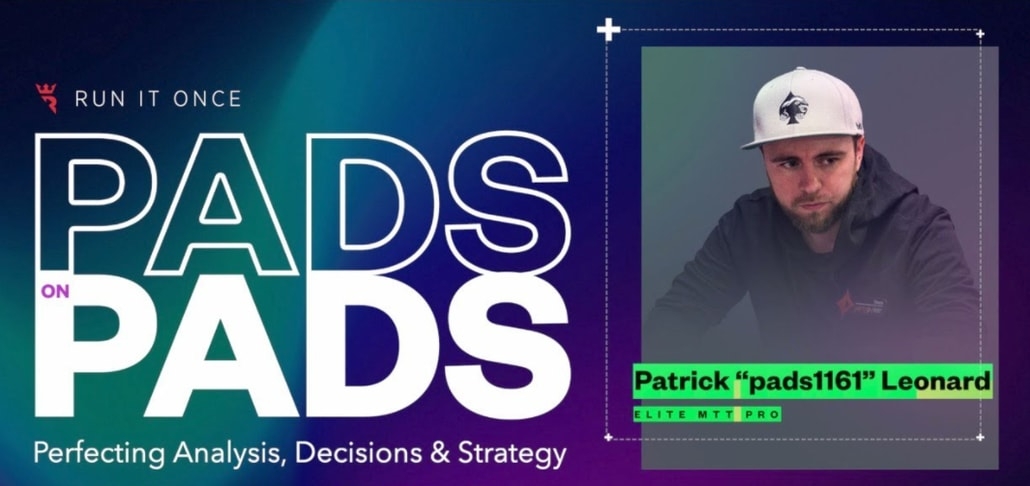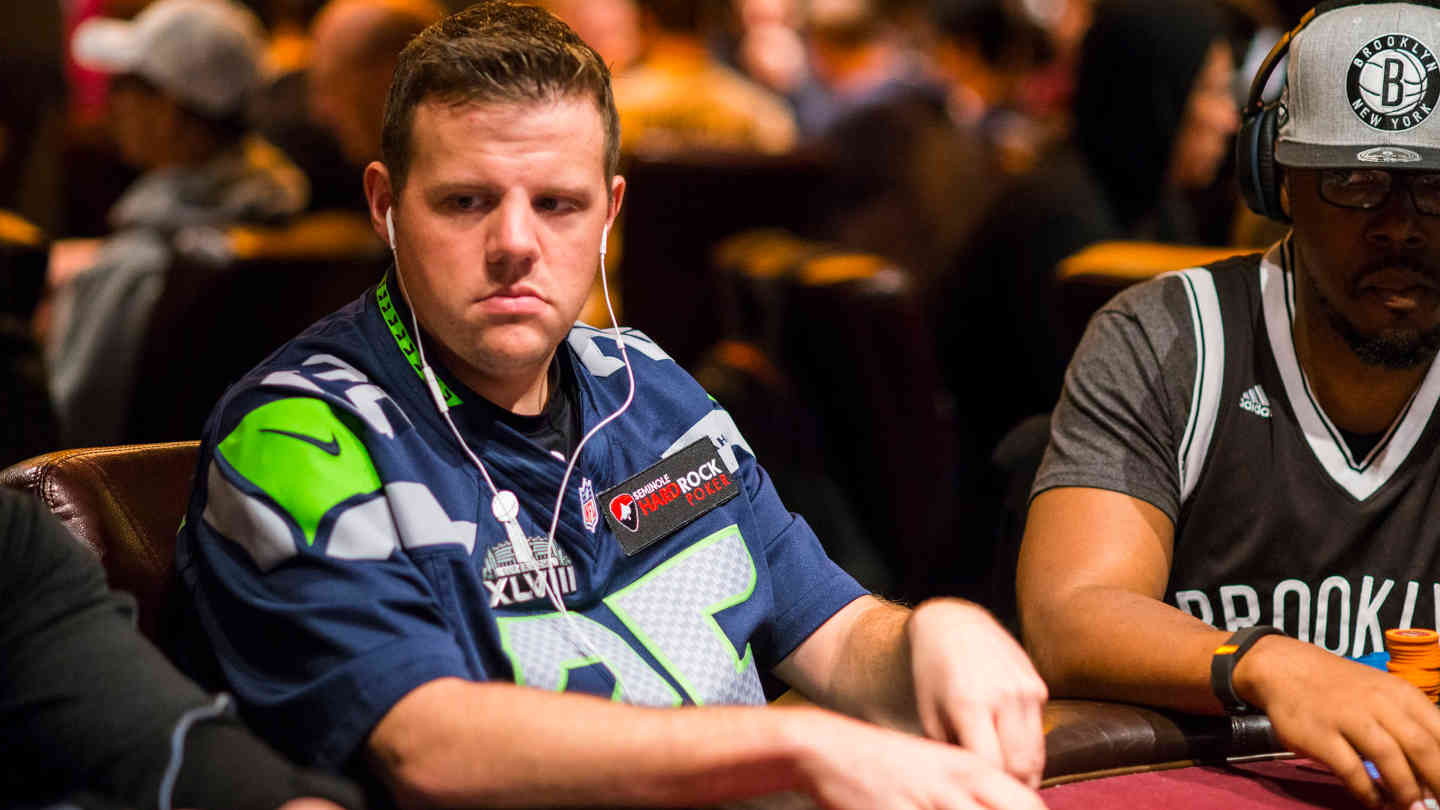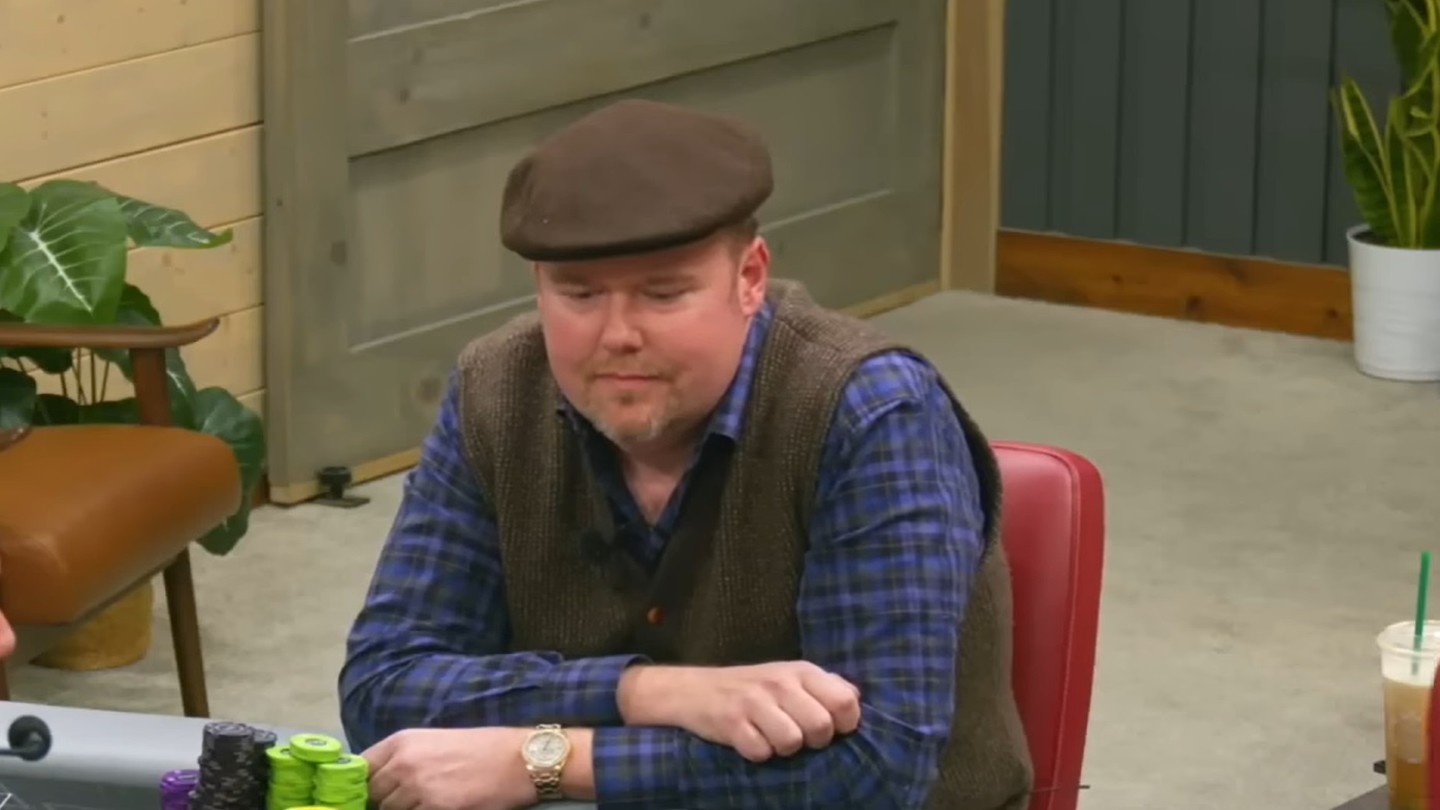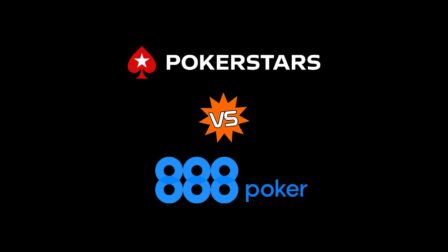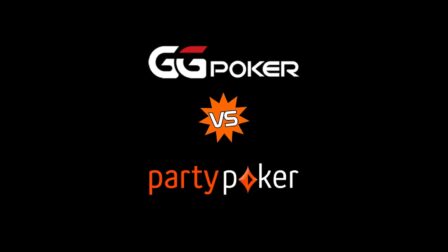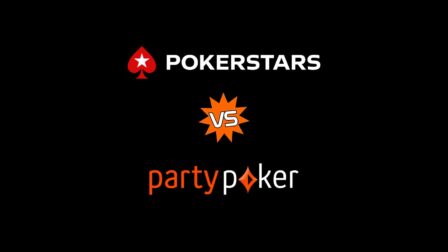PADS on PADS Review – Master Poker Tournaments With Patrick Leonard
The game of poker is getting more competitive by the day, so if you want to beat high-stakes tournaments, you must develop a deeper, GTO-based understanding.
That's what the latest PADS on PADS course by Run It Once is all about (check it out here).
The name of the course may be a bit confusing, so let’s first do away with that bit.
PADS on PADS was created by Patrick Leonard, aka “pads1161”, a high stakes tournament crusher with an impressive resume. That’s where the first “PADS” comes from (short for Patrick).
The second “PADS” in the name of this course is an acronym for “Perfecting Analysis, Decisions, & Strategy,” which pretty much tells you what to expect inside.
The truth is, PADS on PADS is probably one of the most intensive tournament courses on the market.
It will challenge how you think about the game and offer a fresh perspective, but this kind of knowledge does come at a cost.
To make the most out of the Run It Once PADS on PADS course, you'll need to put in some serious effort – that much is for sure. But, I don’t want to get ahead of myself, so let’s dive right into the course content and break it down piece by piece.
PADS on PADS at a Glance
One of the first things you’ll notice about this course is how comprehensive it is. Divided into eight distinct sections, it features dozens of hours of video materials. Even before watching a single lesson, it’s clear that PADS on PADS will take some time to complete.
The eight sections included in the course are:
- Postflop
- PSKOs (Knockout tournaments)
- ICM
- Preflop
- Live Play
- Guests
- Heads Up
- Off the Tables
Just looking at this, it’s clear that the course contains all the required elements to become a better MTT player.
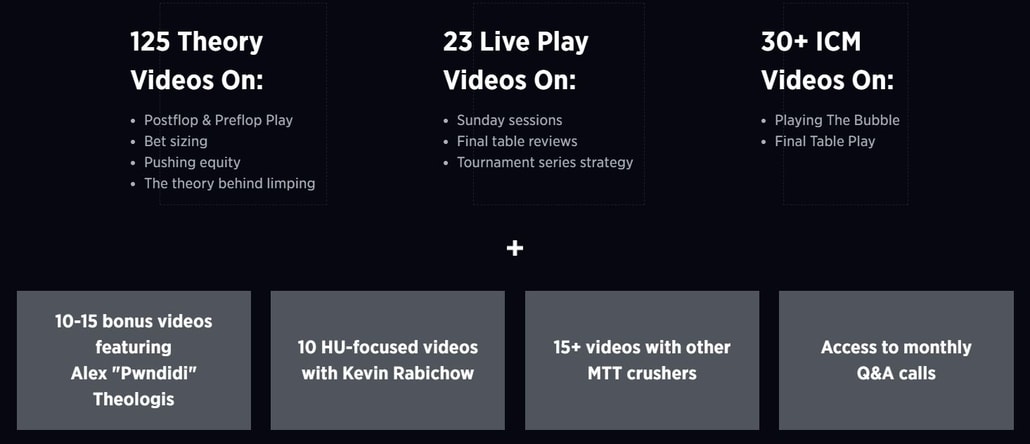
The question is, what's the quality of the learning materials found inside, and is the content worth your money?
Reinventing Your Postflop Play with PADS on PADS
Most poker courses begin with a preflop section. It’s just the way things are done, and given the preflop is the first street in Texas Hold’em, it makes sense from the logical point of view.
However, Patrick Leonard decided to challenge this notion and kick things off with the postflop section.
In the introductory video, he explains his reasoning, emphasizing that the only way you can have a good preflop selection is to have a deep understanding of postflop play.
Choosing what hands to get involved with in specific situations is much easier if you relate your decisions to postflop plans.
It’s a novel concept, but PADS on PADS tries to stand out from other courses exactly by tackling the same things from a different angle.
Since postflop play has such a crucial role, it makes sense that this is the longest section of the course by far.
There are close to 60 individual video lessons, and most of them are fairly comprehensive.
As mentioned, this is a GTO strategy course, so a majority of videos feature Leonard taking a particular spot and then using PIO Solver to break it down to the minute detail, looking at different scenarios and stack depths.
This is where the “intense” part comes in.
If you were to just rush through this course, you wouldn’t get that much value from it. The real value comes from the opportunity to get a deep look into various difficult spots that all experienced MTT players will be well familiar with.
As a seasoned pro himself, Leonard has done a great job identifying these spots and structuring the Postflop section accordingly. Here’s a quick breakdown of what you can expect to find inside.
20BB Full IP Series (3 Videos)
The first few videos of the PADS on PADS course cover the in-position play with 20 big-blinds stack.
This is very specific, but it’s how Leonard approaches the course. Instead of speaking in general terms, he takes on specific tournament situations that come up often and then breaks them down.
The videos provide information on how to approach different board textures when playing at this stack depth, with an emphasis on Ace-high boards.
You’re presented with a lot of solver-based information, but if you take the time to internalize it, your play in this specific segment is bound to improve significantly.
Mastering In Position C-Betting (8 Videos)
Continuation betting in position is another huge segment in general, and of course, MTT poker strategy Is not an exception. Once again, the segment is broken down into several videos looking at specific board textures, such as:
- Dry paired boards
- Monotone boards,
- Scary (dangerous) boards
- Boards containing three high cards, etc.
The approach to the analysis is the same one used in the first videos. Using PIO Solver, Leonard looks into all these different spots to see the optimal approach in terms of continuation bet sizing, selecting hands to bluff with or go for big value bets, and much more.
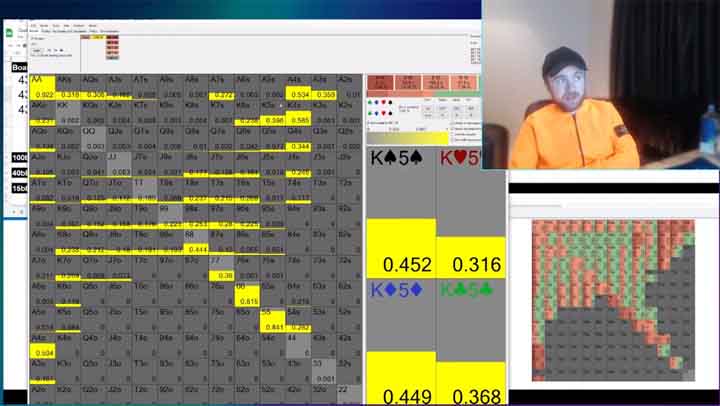
Bet Sizings and Exploits (6 Videos)
The next few videos in the PADS on PADS course look into several topics, mostly relating to bet sizing and finding ways to exploit your opponents’ tendencies.
A big emphasis is on using large bets, something that’s become quite popular in recent years and should be in the repertoire of every high-stakes tournament player.
Leonard looks into different stack depths, i.e., 20, 40, and 100 big blinds.
This is quite important as effective stacks change all the time in MTTs, and paying attention to the game flow and these changes as they happen plays a crucial role in defining your strategy.
Flop Donking (3 Videos)
Up until a few years back, “donking,” i.e., leading into the original raiser instead of playing in flow, was simply considered a bad play (hence the name).
Lately, however, this strategy seems to find more and more acceptance among players, even at the highest level, and it seems computers agree as well.
A few videos of the course are dedicated to flop donking at various stack depths. After running in-depth simulations against different poker positions, Leonard has come up with the optimal donk betting strategy that will likely surprise your opponents and catch them off-guard.
Playing Turns and Rivers (11 Videos)
The next batch of videos isn’t as specific as the previous sections, but they mostly deal with turn and river plays and relating strategies. They mostly deal with structuring bet sizes on different turns depending on stack-to-pot ratios, stack depths, etc.
Leonard proposes some non-intuitive ideas that can lead to better results and exploit your opponents’ tendencies. One entire video is dedicated to playing big, non-standard bets on the river, and it brings some interesting ideas.
30BB OOP Series (7 Videos)
Like the first series in the course, PADS on PADS now looks into playing 30 big blinds deep but out of position. So, covering situations where you open from one of earlier positions and get called by the player on the button.
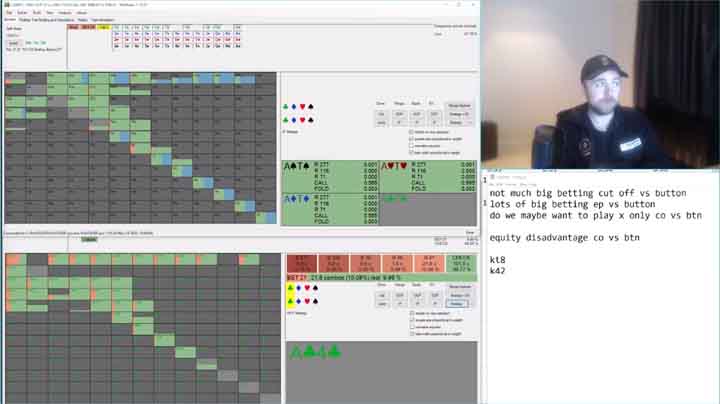
Once again, these videos bring a huge amount of information and answer many interesting questions about bet sizing, mechanics for pure checks and check-raises, etc.
After answering these initial questions, Leonard once again goes into deep dive, looking at different types of board textures. Provided you’d watched the 20BB series, you’ll have a good idea of what to expect in this one, but the information is new, so you’ll once again need to put your learning hat on.
3-Bet Pots (11 Videos)
There are almost a dozen videos covering the topic of 3-betting, which is not a surprise given how important part of the game this is.
The course covers all sorts of scenarios in terms of sizing, positions, stack depths, and board textures, providing a host of interesting scenarios and new ideas to implement into your MTT strategy.
Learning ICM with PADS on PADS
The ICM area of the PADS on PADS course deals with the Independent Chip Model or ICM poker considerations.
It’s one of the most important theoretical concepts for tournament players. Aiming to create a comprehensive tournament course, Leonard covers the idea of ICM in quite a bit of detail.
Like the rest of the course, though, there is a different approach to the topic.
With every ICM spot being pretty unique, it's hard to develop generic solutions that would just work across the board.
Instead, there are loads of examples from actual tournaments, looking at specific spots and trying to break them down by applying a logic-based approach instead of the solver-based one.
It may seem counter-intuitive for a course that's so GTO-heavy, but Leonard explains that using PIO for these situations just doesn't work. Or, at least, it doesn't work to the degree it should for someone looking to really up their game and conquer high-stakes tournaments.
One theoretical idea that’s covered in quite a bit of detail is the “collision effect.”
This is an idea that sometimes folding a hand that would be a profitable cEV raise works better in ICM spots because of the possibility of other players left to act could collide, and one of them could be eliminated, resulting in a pay jump.
Other than this, there are heaps of videos analyzing final table play from the ICM perspective. These are all high-stakes events with buy-ins ranging from $1,000 to $10,000. For those looking for some “smaller” stakes action, there is also a review of a $530 Super Tuesday.
PADS on PADS Preflop Adaptations
The preflop part of this Run It Once training course isn’t nearly as extensive as the postflop part but offers quite a bit of studying material nonetheless.
Leonard decided to call this section of the course “adaptations” rather than ranges because he brings an interesting twist to the usual way of studying preflop action.
He takes a bit of a jab at preflop charts and explains why static charts don’t really work, especially for tournaments.
It’s not very common for all players at the table to have the same or even very similar stack size. So, when trying to figure out your preflop ranges just by using a poker cheat sheet, you’re just going by the information about your stack size. While this is a great starting point, you need to know how to adjust it.
He emphasizes that this isn’t enough as you might be playing 30 big blinds, but there are players behind with 10, 20, 50, 100 blinds.
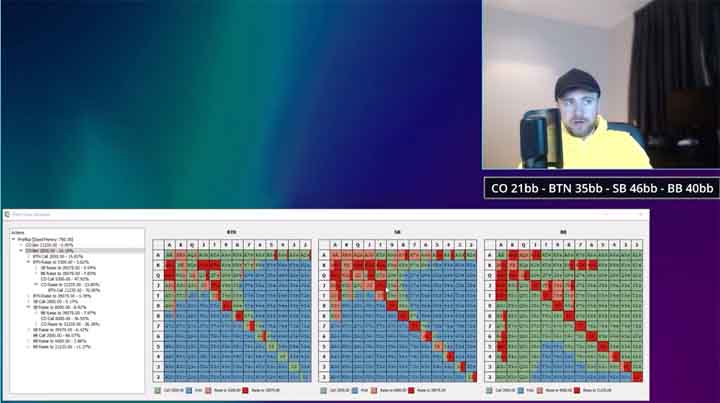
So, instead of this, the course provides adaptations for different scenarios and looks at how you can adjust your starting ranges depending on the overall breakdown of stacks across the table.
You’ll find many interesting and specific lessons in this section, such as:
- Entering the pot as the third player at 60bb effective
- Playing against raises from shorter stacks
- Adjusting vs. limpers, etc.
The final video in this part of the course deals with adjustments you can make based on the population data.
This is where Leonard takes a step away from pure GTO and suggests how you can further improve your ranges against players who play much differently than what theory and solvers suggest.
All in all, the preflop section of PADS on PADS is probably not what you'd expect, but that's what makes it valuable. It's exactly the kind of thinking that one should seek to develop if they want to come ahead of pretty tough competition in high-stakes MTTs.
At these stakes, everybody pretty much knows the push fold charts, so Leonard tries to take things to a whole new level.
Patrick Leonard and Kevin Rabichow on Heads Up Play
Many tournament courses either miss or give heads up play very little room. This is something Leonard sees as an omission and strives to fix in PADS on PADS.
Striving to offer the best content for those who purchase the course, he is joined by a heads-up expert for this part.
The expert in question is Kevin Rabichow, and he helps out with his analysis and explanation in several of Leonard's hand history reviews.
Prior to the analysis, there are four videos talking about some general concepts and ideas of the heads-up strategy. Leonard and Rabichow talk about ranges, general preflop strategies, and adaptations against certain player types.
As expected, this isn’t the most comprehensive part of the course, but it lays out some very solid ideas for the final stage of a tournament when there is big money up for grabs.
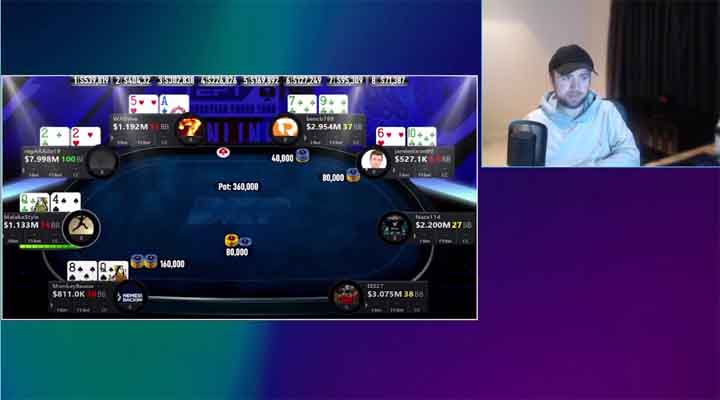
One of the analysis videos features Leonard playing against Dominik Nitsche, a very tough opponent and one of the biggest names in the poker world, so that’s pretty cool to see even if you take out the learning part from the equation.
Live Play & Guest Videos
In the live play section, you’ll find a number of videos showing real-time tournament action. These were done in the “play and explain” format as Leonard takes you through his thought process as he plays.
This type of footage is always a nice addition to poker courses in general as it serves to show the value of theoretical concepts in a real environment.
Also, these videos are great to watch if you get tired of all the solver analysis. They're fun to watch and still very educational as Leonard does an excellent job explaining his thought processes and demonstrating that the things he explains in the theoretical part of the course really do work.
The Guests section features hand history reviews of tournaments played by other successful players. Leonard chats to them as they go through the poker hands as they talk not just about the play itself but also some other fun bits about their careers and successes.
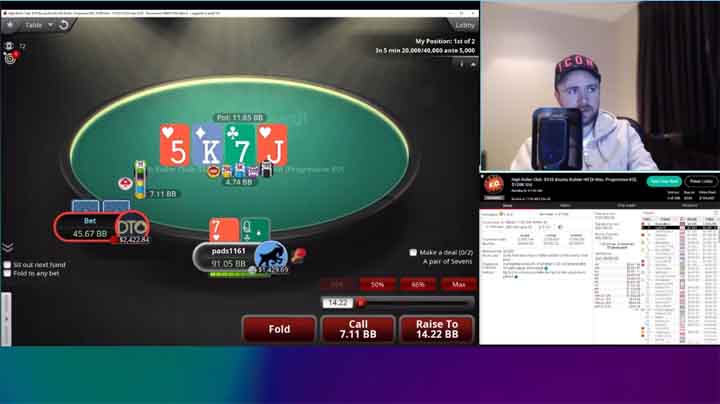
Off the Tables
As you can probably guess from this section's title, these videos don’t deal with actual strategies. Instead, they offer some useful tips and advice on things you can do to improve your results through:
- Bankroll management (learn more here)
- Planning
- Using (legal) poker tools and software
There is also a video teaching you about Piosolver, an essential GTO tool used throughout this course.
Leonard suggests watching this video before digging into the postflop section if you’re unfamiliar with Piosolver, and I must say I agree. It will make keeping up with the lessons much easier.
PADS on PADS PSKOs Mini-Course
The final part of this PADS on PADS review is dedicated to the section entitled simply “PSKOs.” It is a mini-course on its own, dealing specifically with poker knockout tournaments.
The course is mostly presented by Alex “Pwndidi” Theologis, one of the best players in this particular format and also a very successful coach.
The strategy for these events obviously differs from that used in standard MTTs as there are adjustments to be made.
The series begins with the video of Alex explaining the main theoretical concepts behind Progressive Knockouts in a simple to understand way.
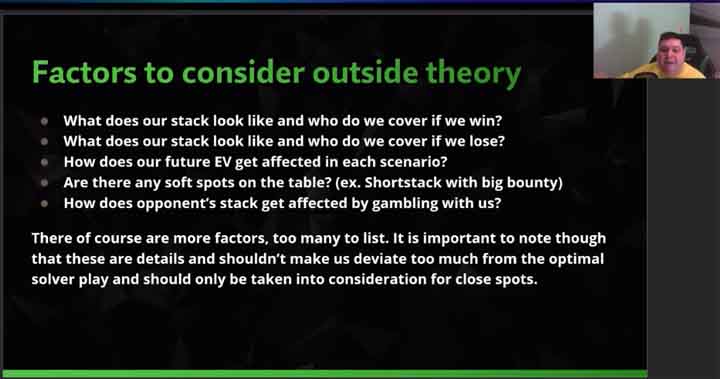
He shows how to calculate the value of the bounties properly and how to adjust your ranges according to these numbers.
Alex also talks about other ideas that aren’t covered by the theory as well, such as the future EV in the event of winning or losing a particular hand, what are the implications on the opponent if they decide to take the gamble against you, etc.
After this introductory video, he goes on to explain a number of specific topics with the special emphasis on the KO part, such as:
- Playing the big blind
- Jamming as the big and as the short stack
- Re-jamming against squeezes
- Calling multi-way all-ins
The series wraps up with several high-stakes tournaments' hand reviews to bring all the theoretical points home.
The PSKOs section of the PADS on PADS course is definitely a very nice touch, given how this is a growingly popular format and there are more and more tournaments played with progressive bounties.
Instead of forcing players to go and look for a place where they could get this information, the course makes it readily available.
Is PADS on PADS Course For You?
One question left to answer in this PADS on PADS review is this course worth your money? This isn't the only MTT course in the market, and there is definitely some healthy competition out there. So, should you spend $999 for lifetime access?
It’s hard to give a straight answer because, just like so many situations in poker, the only right answer is – it depends.
The course is designed for high-stakes MTT players, and there is absolutely no secret about it.
If your average buy-in is $10 or $20, this probably isn't the kind of learning experience you're looking for, even if you can afford it.
Then again, all the concepts taught inside will work just as well, if not even better, in low-stakes events. So, if you feel like jumping ahead of the curve and going straight for the top-quality stuff, there is some logic to that as well.
The main point is, PADS on PADS is time and mind-intensive.
With the sheer amount of material inside, you'll probably need to set aside a few hundred hours if you want to go through it properly. What I mean by this is not just to watch the videos but to take time to make notes, think about the ideas discussed inside, and re-watch certain parts to make sure you understand them.
That sounds like a lot of work – and it is. But you don't become a winner in the highest stakes tournaments without effort. Otherwise, everyone would be doing it.
So, I'd say PADS on PADS is best suited for players who are already serious about the game and have solid foundations already.
If you want to see it firsthand, make sure to check it out by clicking here, and you will likely be surprised by the quality of content.



